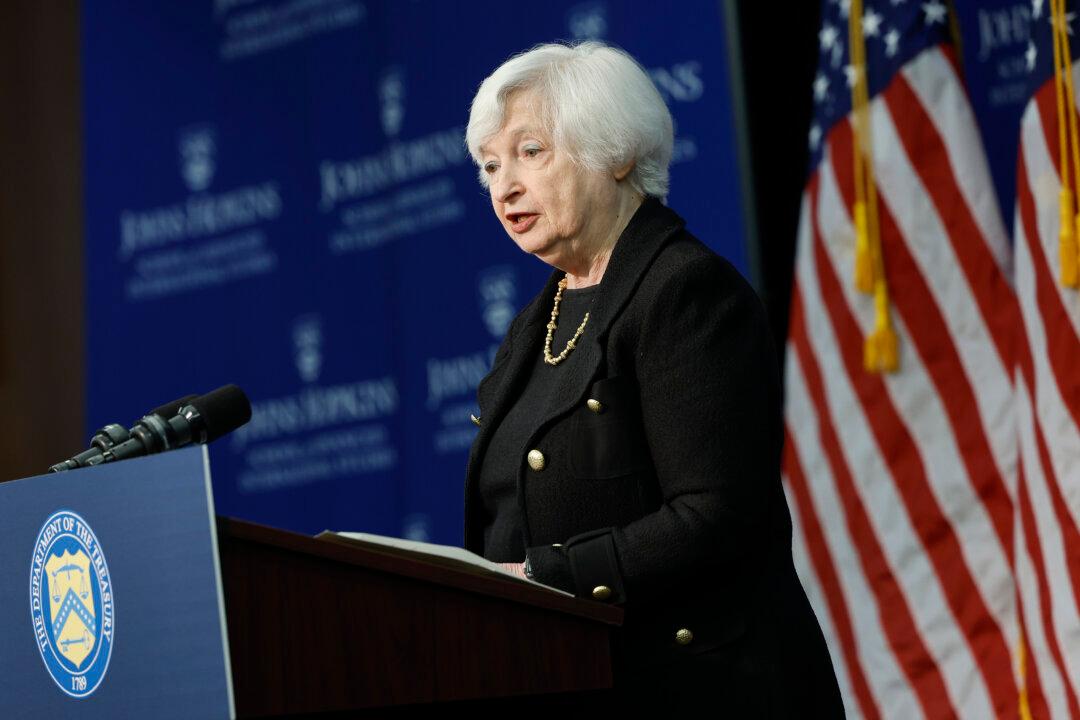Commentary
The divide of the world reignites the discussion of de-dollarization. As the U.S. dollar index depreciated from 115 to 101 or nearly 12 percent, anyone, including foreign governments, that held too much U.S. dollar would try to underweight it. While the existing holders of Treasuries would be subject to mark-to-market loss when bond yields rise, those who have not yet entered the market might find treasuries attractive, given an outlook of tightening being switched to easing. With both expected ins and outs, the total holdings of treasuries should, in theory, be unknown.





